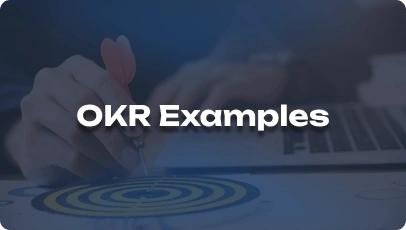## **Job Description: HR Manager**
As an HR Manager, your role is crucial in overseeing various HR functions to ensure the organization’s workforce is managed effectively. You will be responsible for implementing HR strategies, policies, and processes that align with the company’s goals and values.
—
### **Key Responsibility Areas (KRA) & Key Performance Indicators (KPI)**
#### **1. Talent Acquisition and Recruitment**
– **KRA:** Lead recruitment efforts to attract top talent and build a skilled workforce.
– **Short Description:** Drive recruitment initiatives to meet staffing needs efficiently.
– **KPI 1:** Time-to-fill positions.
– **KPI 2:** Quality of hires.
– **KPI 3:** Recruitment cost per hire.
– **KPI 4:** Candidate satisfaction rate.
#### **2. Employee Relations and Engagement**
– **KRA:** Foster a positive work environment and promote employee engagement.
– **Short Description:** Enhance employee morale and maintain a harmonious workplace.
– **KPI 1:** Employee turnover rate.
– **KPI 2:** Employee satisfaction survey results.
– **KPI 3:** Attendance and punctuality metrics.
– **KPI 4:** Participation in company events and initiatives.
#### **3. Performance Management**
– **KRA:** Develop and implement performance appraisal systems to evaluate employee performance.
– **Short Description:** Enhance overall employee performance and productivity.
– **KPI 1:** Goal achievement rate.
– **KPI 2:** Performance improvement plans implemented.
– **KPI 3:** Average performance rating.
– **KPI 4:** Training and development participation rate.
—
*Continue this structure for the remaining Key Responsibility Areas.*
### **Real-Time Example of KRA & KPI**
#### **Employee Training and Development**
– **KRA:** Implement training programs to enhance employee skills and knowledge.
– **KPI 1:** Training completion rate.
– **KPI 2:** Skill improvement assessment results.
– **KPI 3:** Employee promotion rate post-training.
– **KPI 4:** Training cost-effectiveness.
Describe how these KPIs led to improved performance and success within the organization.
—
### **Key Takeaways**
– **KRA defines what needs to be done**, whereas **KPI measures how well it is done**.
– **KPIs should always be SMART** (Specific, Measurable, Achievable, Relevant, Time-bound).
– **Regular tracking and adjustments** ensure success in the HR Manager role.
Generate content in this structured format with **clear, concise, and measurable KPIs** for effective performance evaluation.







